It is quite simple, as long as you can hold a pencil and use it to create a recognisable shape you can surely illustrate a piece of text, well, maybe not.
Having the skill to draw or paint something does not automatically mean you can illustrate something. Take ‘Leaf by Niggle’ as an example, from time to time I can draw recognizable people (well I have around a 30% success rate); anyway, I can understand the text readily enough, but I can not draw Niggle in any form I am happy with. There has to be more than eyes nose and mouth for me to be able to create the face of Niggle, so whenever I try sketching the face of Niggle it’s almost as if I am viewing it through fogged glasses.
I get the feeling I have a mental image of Niggle which has been established through years of reading the story, but the mental image won’t connect or allow me to connect it to a visual image of him on paper.
There is of course the thought that because I have associated with Niggle in some ways after reading to story for so long that whatever I do won’t ever be good enough and I should stop trying. But I don’t accept that really, I know that if I keep trying that Niggle will one day appear in front of me. Perhaps I should just draw ‘a’ man and call him Niggle and be done with it – not that I would be happy with it of course!
Of course none of this matches the title, which does not come as much of a surprise I’m sure. I shall endeavour to refrain from mentioning Niggle for a while.
So back to the title of this piece “Illustration – how do you do that then?” Speaking (or should that be blogging) as someone who has not tried illustration seriously for some considerable time (until the last few years that is) I had thought the technicalities of illustration would frustrate me more; the perpetual search for the right colour blue for the skies, and the correct form of a character in an illustration were my, if not constant, regular doubts. Now I have new concerns, namely how do you capture the essence of a book in a single scene?
Now of all the books I own, it’s likely the Lord of the Rings which I know the best. So when this months theme ‘Not in the Movies’ came up on the John Howe forum I was quite looking forward to it. I read the book again in preparation then sat down to pick a scene or two which would illustrate the book yet had not appeared in the movies. My mind dashed through a number of scenes, from farmer Maggot telling the black rider to “get orf mi land…” to Tom Bombadil and his jolly face, then of course there was the scouring of the Shire to attend to, and I could not miss out Strider picking up the beryl on the last bridge.
That in short is how you illustrate something. Learn how to doodle something with a pencil, read the book/text and select a scene to illustrate. Dead easy! I don’t know why I made all that fuss trying to work it out. Well, sadly that’s where things start to go a little astray on the ‘good plans’ front. You see, having come up with a list of scenes to illustrate my mind was still churning away; I could be driving to work and think more of scenes to illustrate than the road in front of me. A picture, so they say, is worth quite a large number of words. So the chosen illustrations have to have more about them than just having the honour of being absent from the movies. After all, if they are going to represent so many words they may as well count for something.
I’ll digress for a short while now, but trust me, it’s all relevant (well as relevant as anything you’ve read so far). A well painted portrait can be more than the some of it parts, just ensuring that the portrait has the relevant body parts in the correct proportions (and at times position) does not make it come alive. It is almost like trying to prove the existence of a human soul, it has no physical properties that can be measured or described (and everyone’s view as to what a soul is will vary greatly depending on so many factors that I don’t have time to list them all). Please stick with me, there will be a point, eventually. A good portrait has something about it which for everyone that looks at it will make the subject come alive, yet everyone that looks at the portrait won’t really know what has brought about that feeling. It is effectively giving the painting a soul, an indefinable ‘something’. Now I know there are a multitude of explanations as to why a portrait works or is technically correct, but for me it is something instilled in the piece which has no readily available explanation – if you don’t believe me this painting is a good example of a portrait which comes alive, try showing it to a number of people, many of them will not know why Tom looks alive in the painting, just that he is. As a further slight digression, or would that be a digression of a digression? It’s often said that the eyes are the window to the soul, and in many ways they are – a pair of sad eyes on a charity advert can loosen even the tightest wallet; at the same time if you were to cover the eyes of a portrait it does not automatically remove it’s essence of life.
Anyway, where was I?
Oh yes, for me a book (or at least a good book) has an indescribable ‘soul’ just as a good portrait does. Therefore, if the book has a soul that brings it to life for an individual, surely you have to try to capture something of that soul in an illustration. To miss out the soul would be akin to painting Gandalf without a pointy hat. The trouble with this of course is that it does not help me in anyway select the right scenes from the Lord of the Rings to illustrate; in fact, it adds yet another ball to the already awkward juggling act that I’m locked in.
However many balls I’m trying to juggle I know I have to reassess the scenes I was preparing to illustrate, I compiled a new list which hopefully captured more of the essence that I experience upon reading the book. The list was quite long in the end, but it is likely to be a list, which would change from person to person – the essence of a book will be different depending on the person you ask I would imagine, yet if we were all the same it would just be boring. Now that the scenes are selected I started the, at times, painful search for suitable reference material, this was quickly followed by numerous sketches (and curses). Then once the sketches were at a stage I was happy with the scene the final illustration was inked/painted/drawn. I was of course disappointed not to get a chance to illustrate some of my favourite scenes, but ambition still exceeds skill at times.
The scenes I did get chance to illustrate are as follows:
Meanwhile in the Ivy Bush…
This is of course a scene which is not relevant to the overall tale, but more of a device used by Tolkien to establish a back-story for some of the characters and set the scene for the party. Whether the scene captures the essence of the book, I have my doubts, yet in some ways it does show the easy going lifestyle that the Hobbits enjoyed having a glass or two of beer and a crack in smoke filled pub (a scene in fact that is very reminiscent of the pubs when I first started visiting them.)
A gift…
Another fun scene in the book before everything starts getting a good deal darker, I also think it is good evidence that Tolkien had a good sense of humour. It was also an excuse for me to play with pen & ink.
Foxed
Now this scene is always glossed over (if it’s mentioned at all of course), however when you consider the events that follow it serves as a good contrast between the quiet rural existence the have to leave behind in order to rid the world of evil. When you consider they wander along quite merrily through the darkening lanes until they find a spot out of the wind to curl up and sleep for the remainder of the night; they see no need to set a guard for the night and their nocturnal visit from the fox does not stir them.
Restoring the Shire
I find the idea of Sam restoring the Shire an essential part of the book (though I can well understand why it did not make the film). It is essentially the little gardener who went away, trekked for miles, fought, killed, suffered, cried, starved and hobnobbed with royalty, yet in the end he becomes a gardener again in order to restore the Shire. It sounds simple enough put like that, yet it really over simplifies the scene, it’s also nature proving itself against the efforts of Man, and (as someone pointed out to me) it is a link between the departing elves and the present. For such a simple scene I could go on all day.
So… illustration – how do you do that then? It’s simple, grab a pencil and sharpen it until it would be banned from being taken on board an air plane, and start sketching. Perhaps it is not that simple after all, but I’ll continue another day, I’m feeling all blogged out.
ps. I am of course talking about illustrating for fun, illustrating in order to pay the bills is another matter.

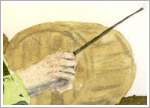
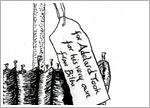
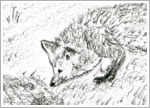
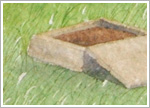
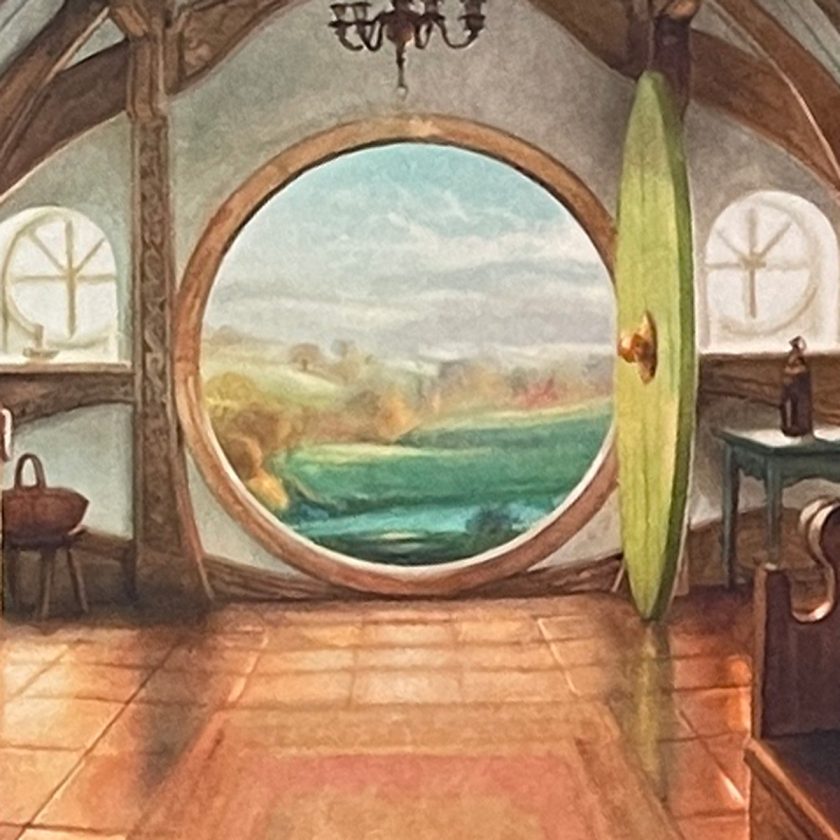
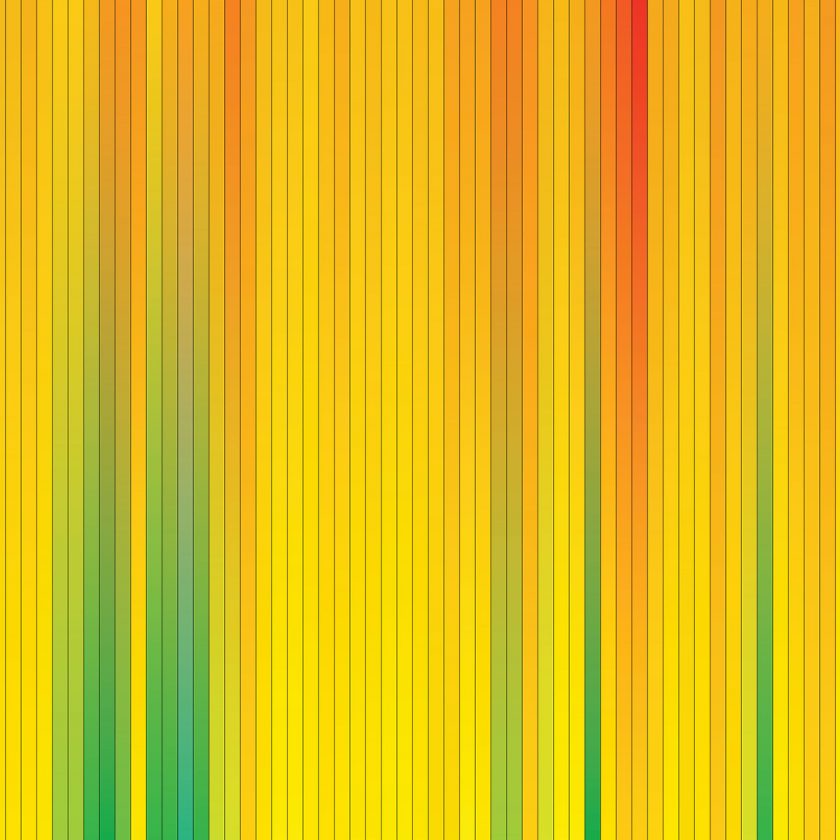
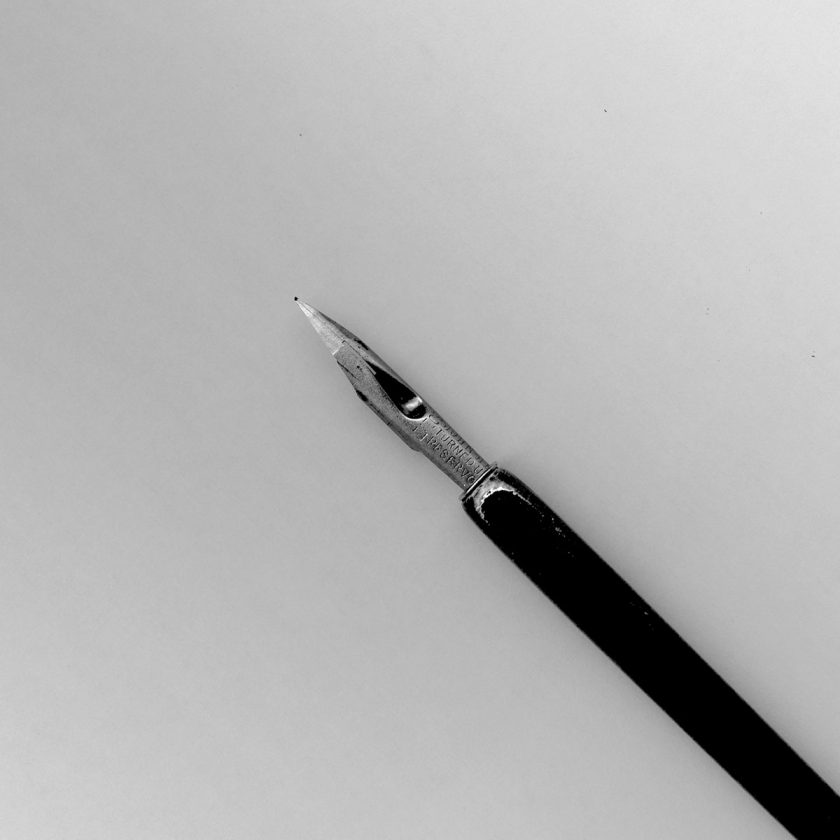
Yes, it’s an endless search and work. I gave myself 3 years to have to technical skills again. Although I did draw regularly until then (2003) I didn’t feel I had the skills.
But for some things, I only now start to feel I can tackle them. My entry for next month is a good example, I had this in mind for some 20 years but onyl now succeeded in transcribing it in a manner that didn’t end up in the bin.
It can be frustrating at time but it’s also so rewarding. But yeah, it’s still not paying the bills.